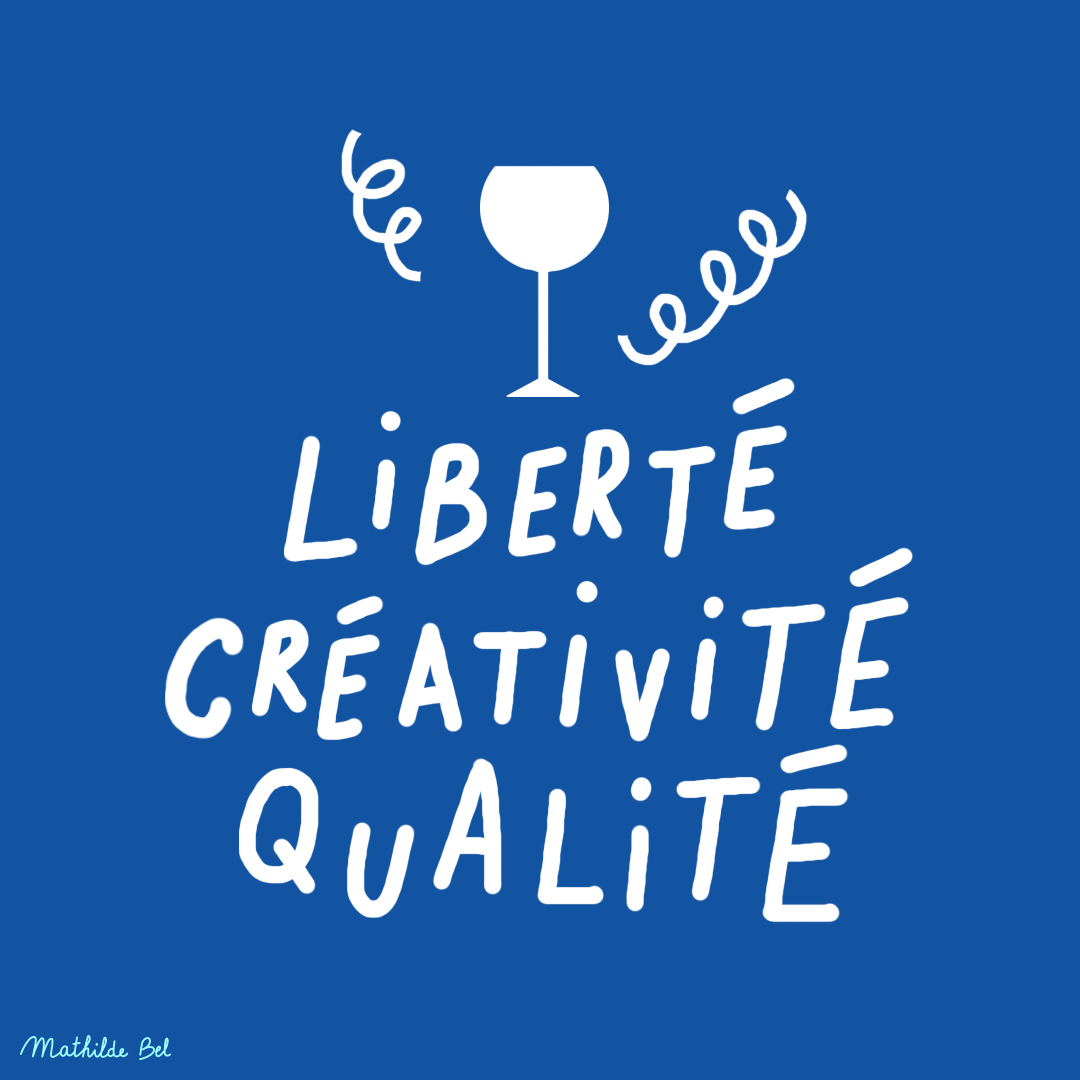Ugni Blanc de France
Wines color
Taste profile
Sweetness
Body
Acidity
Tannins
Alcohol
Table of contents
Medal winners
Encyclopedia
Origin
Ugni Blanc originally comes from Italy, specifically Tuscany, where it is produced under the name Trebbiano Toscano. It is much more commonly grown in France, however.
Aromas
Ugni Blanc's aromatic palette is primarily fruity, with citrus notes, such as lemon, as well as quince. Often, we can detect a hint of balsamic pine resin, especially in wines produced near the shores of the Mediterranean Sea.
Wines profile
In cooler areas, Ugni Blanc makes white wines that are quite lively with a rather discreet aroma. In the warmer areas of southern Aquitaine and on the Mediterranean coast, it makes smoother, more flavorful wines, characterized by a fresh, full-bodied mouthfeel. In the Auch, Angoulême and Rochefort regions, it is the grape variety of choice for making top-quality brandies.
Cultivation areas
Ugni Blanc is grown in a vast geographical region because it adapts well to highly diverse growing conditions. In France, it is mainly grown near Angoulême and in Gers, where it is used to make still dry wines, but it is also the variety of choice for production of Cognac and Armagnac. It is also found in the Mediterranean region, mainly in the southeast, as well as in the southwest and Corsica on a smaller scale.
Precocity
Ugni Blanc is clearly a late budding and ripening grape that fares badly in harsh winters. It buds 9 days after Chasselas, the benchmark, and fully ripens 3 1/2 to 4 weeks after it, making Ugni Blanc a Period II grape variety.
Vigor
This grape variety is highly vigorous and its yields must be sharply limited to obtain high quality wines. It is highly adaptable to various training and pruning methods as well as to diverse growing conditions and environments. Nonetheless, it is generally preferable to train Ugni Blanc as it is relatively susceptible to wind damage.
Soils
Ugni Blanc is not a particularly demanding grape variety in terms of soil. Thus, it does not have any specific terroir. Nevertheless, like many grape varieties, it grows very well in calcareous soils (such as those near Angoulême, Gers and the southeast).
Climat
Ugni Blanc is not a particularly demanding grape variety in terms of soil. Thus, it does not have any specific terroir. Nevertheless, like many grape varieties, it grows very well in calcareous soils (such as those near Angoulême, Gers and the southeast).
Susceptibility to diseases and pests
Ugni Blanc is susceptible to mildew and eutypiosis. It is also highly susceptible to root-knot nematodes when it is grown in sand without grafting. However, it is little susceptible to dead arm disease and gray mold on bunches.
Use
Ugni Blanc is used to make wine and, through distilling, renowned brandies.
Descriptive elements
To identify Ugni Blanc, we must look first at its bunches, which are very long, foxtail-shaped and sometimes fasciated at the ends. As well, its berries are round, and their skin can become slightly pinkish when overripe. The bunches are very big whereas the berries are small to medium-sized. The tips of Ugni Blanc's young shoots are densely covered in flat-lying hairs, and its older shoots have barely distinguishable or flattened nodes. Its young leaves are yellow, whereas its adult leaves are large and an uneven green color. They are whole, with three or five lobes, and the petiolar sinus is slightly open or has overlapping lobes. The leaf blade is jagged, involuted at the edges and bubbled, with a slight waffle-like pattern. The teeth of the lobes are medium-length to long with rectilinear or convex sides. There is no anthocyanic pigmentation of the veins. On the underside of the leaves, there are moderately dense flat-lying hairs.
Clonal selection in France
The eleven approved Ugni Blanc clones (specifically named Ugni Blanc B) are numbers 384, 478, 479, 480, 481, 482, 483, 484, 485, 486 and 638. A conservatory for this grape variety is currently being set up in the vineyards between Angoulême and Rochefort; the first phase, planted in 2006, includes more than 400 clones.


